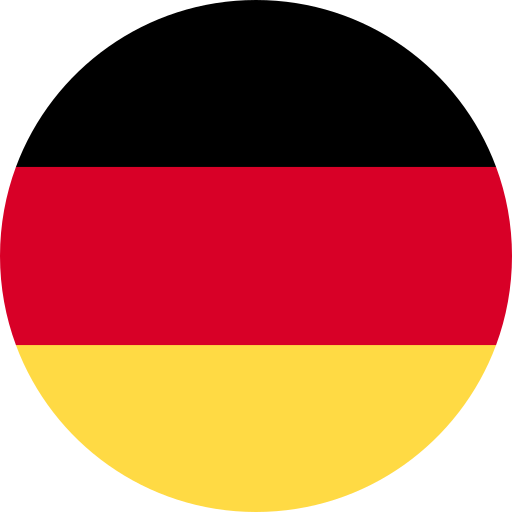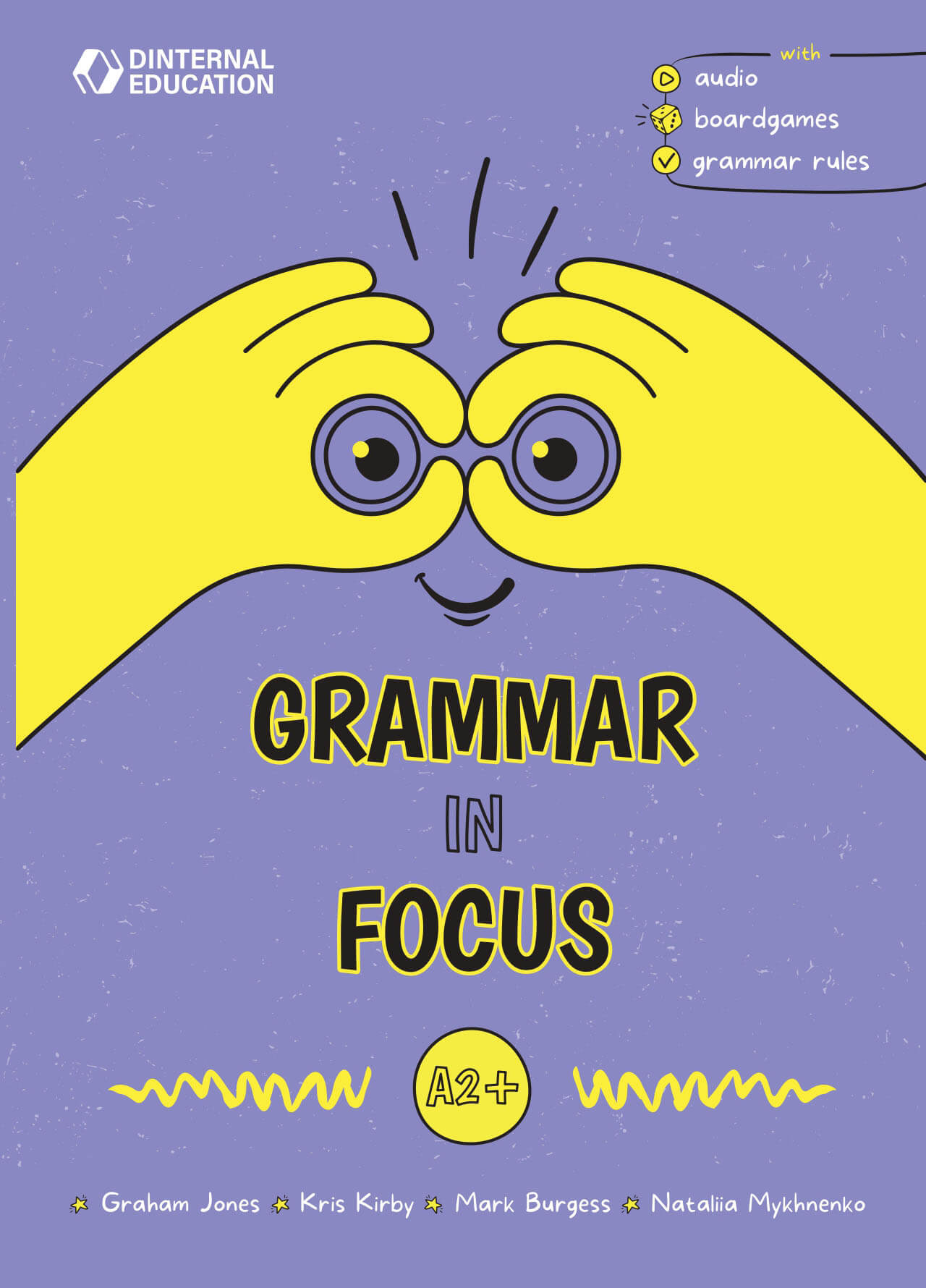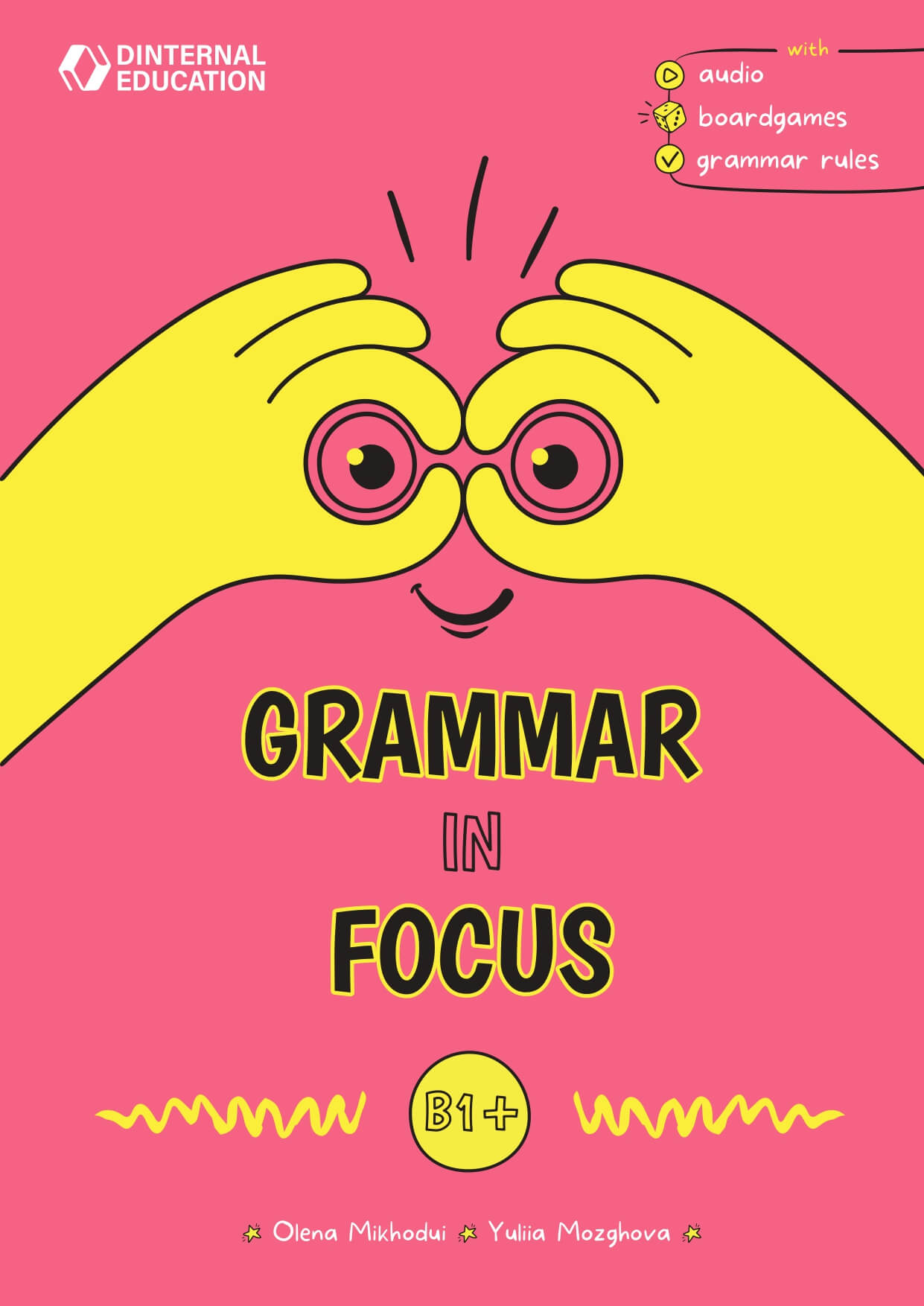How are questions formed in English?
Oleksandra Kulish
Book expert
Today we will talk about English questions — how to formulate them correctly, the difference between general and specific questions, how to construct questions about the subject, and when and how to use question words.
Information about how to form questions in English will be useful to everyone, regardless of their level of language proficiency. Even experienced students sometimes make mistakes when forming questions — they confuse word order, forget auxiliary verbs, or use the wrong intonation.
What types of questions are there in English and how to distinguish between them. How to form questions in English

In English, there are five main types of questions, and all of them are actively used in everyday communication by native speakers. Each type has clear rules for construction, which differ significantly from how we ask questions in Ukrainian.
In our language, everything is simpler: just change the intonation, and an affirmative statement becomes a question. But in English, everything is much more structured. It is not enough to simply raise your intonation or add a question mark — you need to change the word order in the sentence and, in many cases, use auxiliary verbs.
Let's look at all five types of English questions, explain the rules for forming them, and show examples of how to construct them correctly.
What is a general question, how is it formed, and when is it used?
If you don't need details and just want to confirm or deny some information, use general questions. They are also called “yes/no questions” or closed questions, because the answer is usually ‘yes’ or “no.”
The structure is very simple:
Auxiliary verb + Subject + Main verb + Additional parts of the sentence
Important: the auxiliary verb comes first, followed by the subject.
In English, the three most common auxiliary verbs are to be, to have, and to do. Their form changes depending on the tense in which the question is asked.
Examples:
- Is she your new teacher?
- Are they ready for the trip?
- Was the concert interesting?
- Do you play the guitar?
- Does he like Italian food?
If there is a modal verb (can, may, should, must, etc.) in the sentence, it acts as an auxiliary verb — no other auxiliary verb is needed:
- Can we stay here overnight?
- Should she see a doctor?
- Will your friends join the meeting?
The answer to general questions can be:
- Односкладна: Yes. / No.
- Коротка: Yes, I can. / No, he doesn't.
- Повна: Yes, I can help you. / No, he doesn’t like coffee.
For example:
- Do they speak French?
- Yes. / Yes, they do. / Yes, they speak French.
To form a general question in the negative, you need to include the particle not. In the short form, not comes after the auxiliary verb at the beginning of the sentence, and in the full form, it comes after the subject.
Special questions — how to form questions with clarification and details
When you need specific information, not just a “yes” or “no” answer, use a special question (special question). They are also called open questions because they require a detailed answer.
Such questions are asked to find out something about a person, event, place, time, quantity, method of action, etc. For this purpose, question words are used:
- what;
- who;
- where;
- when;
- why;
- how.
In addition to basic words, there are also interrogative constructions that clarify the question:
- what kind of...?
- what time...?
- how many...?
- how much...?
- how often...?
In a special question, the question word always comes at the beginning of the sentence. The structure of the question is as follows:
Question word + Auxiliary verb + Subject + Main verb + Rest of the sentence
Examples:
- What do you usually cook for dinner?
- Where does she work on weekends?
- When did they move to Canada?
- Why do we need these documents?
- How many books does he read in a year?
If the main verb in the sentence is to be (in the appropriate tense) or a modal verb (can, should, must, etc.) is used, then an additional auxiliary verb is not needed. The word order is changed by rearranging the subject and the verb.
Why is the room so cold?
When can I call you back?
Question to subject — how to form a special type of question that is often forgotten
In some textbooks, questions to the subject are considered a type of special question. However, they are usually separated into a separate category because they have their own special structure.
Remember, the subject is the main part of the sentence that answers the questions “Who?” or “What?” The peculiarity of such questions is that auxiliary verbs are not used here. To ask a question, it is enough to replace the subject with who or what, and the rest of the sentence remains in the affirmative form.
The general pattern is as follows:
Question word (who/what) + predicate + rest of the sentence.
Examples:
- Who invited you to the concert?
- What caused the alarm to go off?
- Who writes all these articles?
Regardless of the number or person of the subject in the affirmative sentence, in the question we always use the verb form as for he / she / it (i.e., third person singular).
How to ask an alternative question and not get confused

An alternative question is a form of direct question in which the interlocutor is offered a choice between several options. This type of question is often used when you need to find out preferences regarding objects, places, times, actions, or characteristics.
These questions are very similar to general questions (yes/no questions), but alternatives are added at the end, connected by the conjunction or.
An alternative question is structured as follows:
Auxiliary or modal verb + Subject + Predicate + Option 1 or Option 2
Examples:
- Do you prefer summer or winter holidays?
- Is she working from home or at the office today?
- Will we watch a movie or go for a walk?
An alternative question can be asked about any part of a sentence — the subject, predicate, complement, or circumstance.
Such questions can also begin with interrogative words or constructions. In this case, a comma is placed before the choice:
- What kind of pizza do you want, vegetarian or with meat?
- How do you usually commute, by bus or by bike?
In formal communication, it is customary to answer with a full sentence: I prefer vegetarian. In informal dialogue, you can answer briefly: with meat.
Tag question — how to construct an interrogative sentence in English
A tag question is a short phrase added at the end of an affirmative or negative sentence for confirmation or clarification. In Ukrainian, the equivalents are: так?, правда?, чи не так?
Such questions are called “tag questions” because they seem to divide the sentence into two parts: the main part and the clarifying part.
Examples:
- You finished the report, didn’t you?
- They aren’t coming with us, are they?
- She’s your colleague, isn’t she?
It is important to remember that if the main clause is affirmative, the tag will be negative:
- He knows the answer, doesn’t he?
If the main clause is negative, the tag will be affirmative:
- You don’t eat meat, do you?
In a tag question, the same auxiliary or modal verb is used as in the main clause:
- We were late yesterday, weren’t we?
- She can drive, can’t she?
Sometimes such questions do not expect an answer, but express emotion:
- I shouldn’t explain it again, should I?
- You weren’t listening, were you?
Tag questions are a great tool for making speech more lively, creating dialogue, or gently checking information.
As you have probably noticed, asking questions in English is not difficult at all; you just need a little practice.
We hope this article has helped you better understand how to form questions in English and understand the peculiarities of their use. Study the language with interest, ask the right questions, and develop your communication skills.











